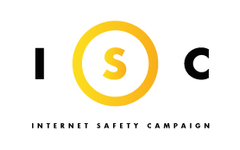Cybercrime.org.za
Programs that are designed to harm your computer
Malware consists of programs such as viruses, worms, Trojan horses, and rootkits that are designed to harm your computer.
A computer virus is a program that attaches itself to an application or “host file” and then spreads by making copies of itself. Some type of human action (e.g. opening an attachment) is always required for a virus to take effect. Once a virus gets onto your computer it might modify, delete, or steal your files, make your system crash, or take over your machine.
A computer worm is like a virus, but it infects other computers all by itself, without human action and without a host file. It usually infects other computers by sending emails to all the names in your email address book.
A Trojan horse is a program that tricks you into running it by appearing useful or harmless. However, once it is run it damages your computer, usually by providing “back door” access to the computer. This allows hackers to control or use your computer, destroy or steal files, install viruses or spyware, or run arbitrary programs.
A rootkit is a program that allows an intruder to gain access to your system without your knowledge by hiding what it is doing on the system. The intruder can then install difficult-to-detect back doors into your system to seize control.
There are many ways that malware can get into your system. One of the biggest dangers is opening email attachments that contain malware. You can also get malware from downloading infected files when file sharing, from clicking on links in instant messenger or chat rooms, or from active content applications on Web pages.
View the list of Local Resources that can assist Internet users in South Africa.
